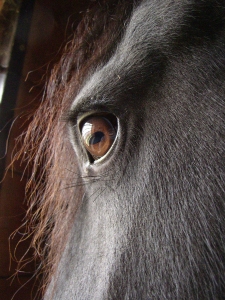
Cages of living cats smuggled from China are loaded off a truck in Hanoi on January 27, 2015. Photo credit: Kien Thuc
On January 27, 2015, Police in Hanoi seized a truck carrying more than three tons of live cats, shipped from China to restaurants in Vietnam. For those of you counting, that’s approximately 600-700 cats, at 8-10 pounds apiece. In one truck.
The trade in dog meat pops up on my dash from time to time, along with photos of similarly crammed cages, but the concept of cat meat has generally appeared primarily in “humorous” references to Asian restaurants in America. I am not surprised, but am saddened, to find the issue is quite real.
Deciding if there is some fundamental difference (hint: there isn’t) between the animals we keep as pets and the ones we keep as food is a long and hairy road. Walking along it for a little ways: I think it is interesting (terrifying) that I usually see pet animals transported humanely if not luxuriously, but I never see meat animals shipped in reasonably-sized containers. A million years ago I noticed an article which casually mentioned that a truck transporting sheep had fallen over, and 400 sheep were lost. It occurred to me to wonder how crammed into the truck the animals were, if the truck was carrying 400 of them, and ended up figuring the sheep each had slightly less than three square feet in which to stand (provided they were standing at all).
There’s just something about how, once we have taken the mental step which allows us to think, “This animal is to be used for human consumption,” we lose all concept of “We should respect this animal as a living being in need of food, water, shelter, and personal space.” Maybe it’s only for a “short time”, from the farm to the slaughterhouse; maybe “they don’t mind”, because you either cannot read, or deliberately misread, their behavior; but we never seem to ship food animals in comfortable crates.
Pet animals go in style; United Airlines, for example, requires that “each kennel should contain no more than one adult dog or cat, or no more than two puppies or kittens younger than size months, of comparable size, and under 20 pounds (9kg) each”, and “The kennel must be large enough for your pet to freely sit and stand with its head erect, turn around and lie down in a normal position.” Delta requires that “[t]he kennel must provide enough room for your pet to stand and sit erect — without the head touching the top of the container — and to turn around and lie down in a natural position.” Here is how meat dogs travel. (Terrible, awful, graphic photo, accompanying terrible, awful, graphic article.)
Here’s how show chickens travel; here’s how meat chickens travel (from a page advertising this poultry/rabbit transport cage, which allows you to load “10-12 of live chicken” in a space 91.5cm x 51cm x 30.5cm, or about 36″ x 20″ x 12″ high). (As an aside, here’s a frankly horrifying notice about how hatcheries use unwanted male chicks as packing material for female chicks.)
Show cattle; meat cattle. Show pigs; meat pigs. Show horses; meat horses. (Please note that I tried to look for “neutral” photos here instead of “shocking”, we-don’t-normally-do-things-that-way photos.)
What switch flips in our brains that makes us make that shift? How can we stop it flipping? How can we unflip it?






